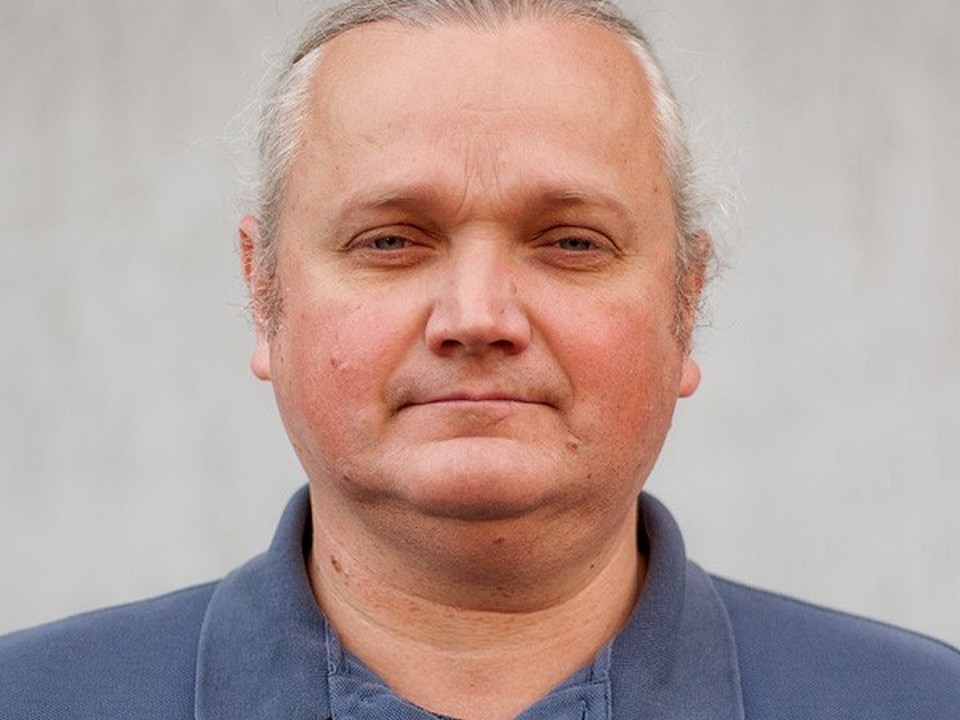Oleg Ogloblya, chief engineer of the system integrator Comtel Broadcast Solutions, Ukraine, in the TKT1957 survey «The year 2030: AI or engineer?».
- How will the broadcasting industry and broadcast technologies change in the next 5 years?
- If we model the world of broadcasting and broadcast tech in 2030, what role will AI play?
- How will AI change your business segment?
- Which professions will AI displace in the broadcasting technology industry by 2030?
- I don’t see any prerequisites for significant changes in the production segment. As of 2024, the 24G SDI standard has been established. Based on this standard, work is underway to create equipment with 8K and 16K resolution. It is worth noting the commitment of Japanese manufacturers to SDI technology. Ten years after the announcement of the 2022 and 2110 standards, companies like Sony, Ikegami, Hitachi, and JVC remain very cautious about IP solutions, mainly at the level of experimental models. SDI and 2110-based solutions have developed into parallel directions. I suspect that these directions will continue to develop in parallel over the next five years.
- AI, as a type of predictive text tool like T9 (such as ChatGPT and similar technologies), will obviously be significantly limited in its use. The texts generated by these resources lack meaningful content, as they mainly rely on selecting the most commonly used words and phrases. A clear example of this is the news feeds on social media: the content of the “news” consists of the “news” title plus a random associative series. In many countries, there are ongoing debates about adding a marker “Material created WITH/WITHOUT AI usage.” Text-based AI will be limited, and may even be banned in media. In AI theory and practice, there is a term called “AI hallucination.” This is a completely legitimate term that refers to AI producing false information.
Another direction in AI development is voice control, something DARPA has been working on for many years. Siri is a representative of this direction. Converting voice to text, searching for key phrases and expressions in a plot, and voice recognition are functions that are currently available (to a certain extent). A similar analogy can be applied to working with video. However, this is not straightforward either. Facial and object recognition has been a feature of surveillance cameras costing up to $1,000 for many years. This function is used by the Chinese government to control its population. I don’t think this qualifies as AI. A face is just an HxV pixel matrix, relatively small, and easy to process. Recognizing animals and vehicles—these functions have been around for a century. Color correction, UDX conversion, and colorization of black-and-white archives or similar functions could be AI applications.
- Not at all. The execution of some functions may become more technologically advanced. Some positions may disappear, while new ones may emerge. However, it is more likely that job responsibilities will change.
- Significant advancements are being demonstrated in text processing tools, which will, to some extent, transform editorial positions. Tasks such as video transcription, spell checking, voice-over narration (optional), and converting text to graphics—subtitling—are examples. However, this is not about eliminating positions; rather, it is about transforming job responsibilities.
In the case of significant advancements in video processing algorithms, the use of AI in working with large video archives looks promising. Hypothetical situation: a story is not ready in the broadcast playlist. AI selects several materials from the archive based on specified criteria. Who decides which one goes on air?
In discussions with colleagues, we have not found any attempts to use AI in engineering. There are applications (actively used) for color correction, UDX conversion of archival material, and video enhancement. But these are more editorial functions. The same applies to Quality Control (QC), whether it’s input control, partner control, or satellite operator quality control compared to the output program. If someone provides an example of AI in engineering, we could discuss it.
Using AI instead of a camera engineer in a studio or OB van: if this is true AI, it should understand, for example, whether a dark background is a defect or an artistic choice.
All the opinions of industry leaders can be seen in the survey “Year 2030: AI or Engineer?”.










